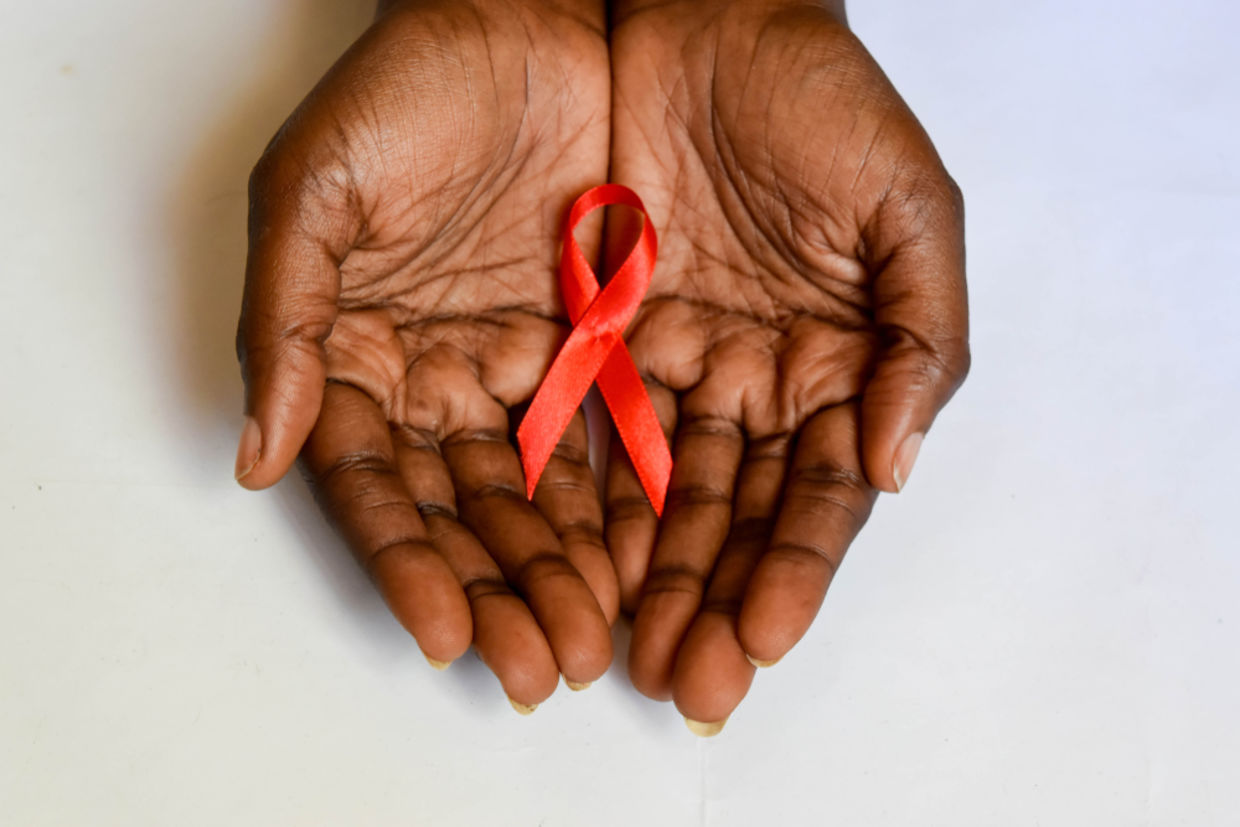
(Red Confidential / Shutterstock.com)
Recent research in South Africa by the Human Services Research Council (HSRC) recorded the rate of new HIV infections has dropped by 44 percent since the last major study that was completed in 2012. This drop was unexpected but welcome news for the country that has the largest HIV epidemic in the world.
The survey found that there were 231,100 new HIV infections in the country in 2017. While that's still far too many new infections, it's a significant and surprising improvement over what leading experts expected.
Sandile Buthelezi, the CEO of the South African National AIDS Council, confessed to being surprised by the survey’s findings. “What this report tells us is that we are going in the right direction but we need to double our efforts,” Buthelezi told The Telegraph. "We are confident that we are doing something right but I think we can do better and we need to move faster."
In the latest UNAIDS report, it was noted that global new HIV infections have declined by 18 percent in the past seven years down from 2.2 million in 2010 to 1.8 million last year.
UNAIDS set a highly ambitious target for 2020, which it calls 90, 90, 90. By 2020, UNAID hopes that 90 percent of all people living with HIV will know their HIV status, 90 percent of all people diagnosed with HIV will receive sustained antiretroviral therapy, and 90 percent of the people receiving the drug therapy will have viral suppression.
In addition to new infections, AIDS-related deaths are also down worldwide due to the success of antiretroviral therapy. These drugs also make it harder for people already infected to transmit the virus. According to HSRC, South Africa – which has an estimated 7.52 million people living with HIV – now has the largest antiretroviral program in the world, but 3 million people are still in need of treatment.
“For every challenge there is a solution,” Michael Sidibé, executive director of UNAIDS. “It is the responsibility of political leaders, national governments and the international community to make sufficient financial investments and establish the legal and policy environments needed to bring the work of innovators to the global scale.”
There's still a lot of work to be done, but South Africa’s new study shows that significant progress can be made if we all work together on a solution.
YOU MIGHT ALSO LIKE:
A Breakthrough Cure for AIDS May Be on the Horizon
This Groundbreaking HIV Vaccination Could Save Millions
The Circumcision Device Helping to Cut out HIV/AIDS







